Fotomat

Once a common sight in parking lots across America, these blue and yellow shacks seemed magical to a kid. Drive up, drop off your film, and return tomorrow to see your pictures in all their glossy glory. Sounds archaic by today’s standards, but back in the 70s, a trip to Fotomat was something pretty special.
A San Diego man named Preston Fleet opened his first Fotomat in 1965, a small blue shack with a bright yellow mansard roof and a drive-thru window. These building were only big enough to hold a selection of film, a cash register, and one pretty cramped employee.
By the time the 70s rolled around, hundreds of these little buildings were starting to appear in suburban neighborhoods around the country, and by the end of the decade, more than 4,000 Fotomat stores dotted the American landscape.
A kid today, one who can view, print or edit a picture seconds after taking it, wouldn’t understand the excited anticipation of a return visit to Fotomat. You sat in line behind a row of cars also waiting for their little envelope of photo memories and pondered a few things while you waited.
How exactly did they develop the film in that little shack, and more importantly, where was the bathroom? Those mysteries were left unsolved, but it mattered little once you had that prized package of photos in your hand after a day’s wait that sometimes seemed like a week.
Besides developing (and selling a lot of Kodak film), Fotomat also became one of the first places to offer video rentals. For the steep fee of $12 (in 1970s money, no less), you could browse through a catalog, then call a phone number and order a movie of your choice. The next day, you could pick up the video cassette and enjoy it for a full five days before returning it to your local Fotomat.
Unfortunately, by the beginning of the 80s, technology was about to deal Fotomat a death blow. The advent of inexpensive one-hour photo development made those 24 hours seem like an awfully long time.
Furthermore, mom and pop video rental stores began appearing on practically every corner, offered much more reasonable rental fees with no catalogs or wait periods. Of course, within another 20 years, we would all but eliminate film development from our vocabulary.
And yet, every once in a while you still see a dilapidated old shack sitting in the center of a parking lot, remnants of what was once a thriving business, one that put smiles on millions of faces and helped them relive all those special moments in life. The Fotomats of the world may be gone, but they certainly aren’t forgotten.
Do you remember going to Fotomat as a kid? Better yet, did you or anyone you knew ever work at one? I’d love to hear your recollections in the comments section below.


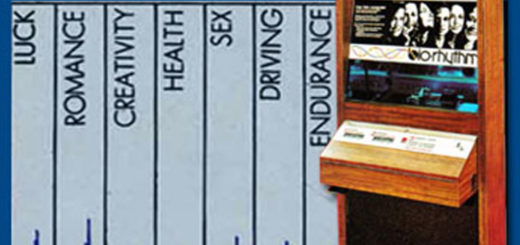
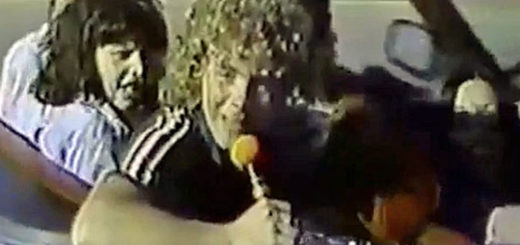
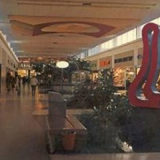

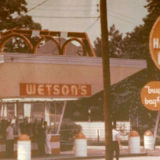

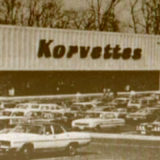

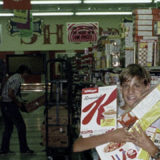

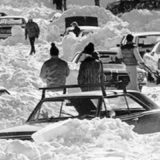

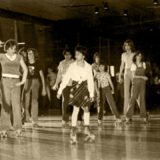

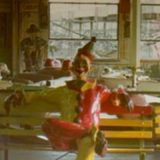
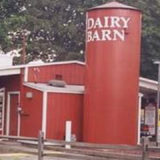

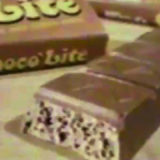

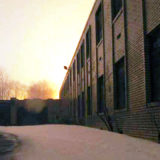


I loved working at fotomat in the late 70’s and had my own booth. I felt like I owned it and my work ethic reflected that. Great memories.
I remember as a kid living in the Seattle area when some of the defunct Fotomat booths were turned into what was called Pizzamat. The concept involved drive through, take-away, bake at home pizzas. I don’t think the concept was long lived and I cannot locate any info about them but I do recall thinking the pizza was pretty good.
do you know the location of the photo with the convertible in it? thank you.
My parents owned a fotomat in Las Vegas in about 1981. But we called it foto hut, so it must have been after the foto mats all started to be sold off. The entire thing was painted yellow. I do remember being inside however I was only about five. But I remember the smell, I remember how popular it was, I remember driving through other photo mats to get film developed. I ran across this post because I’m searching for a commercial my parents produced for their Foto Hut, maybe one day I’ll find it wish me luck!
We had a Fotomat in our local chopping center (the Bohack one) for a while in the 1970s. But in the 1980s, it got torn down, in part due to its taking up some valuable parking spaces for shoppers.